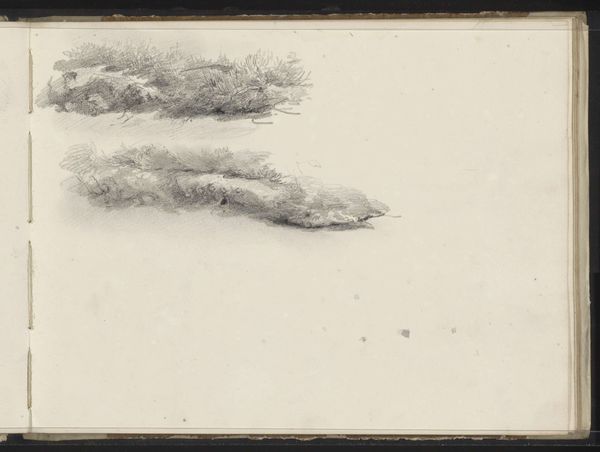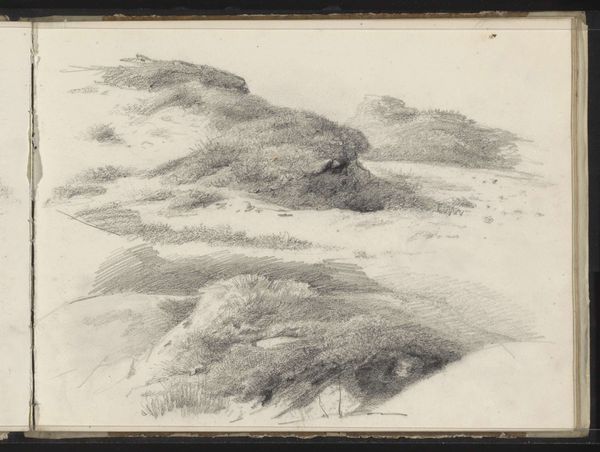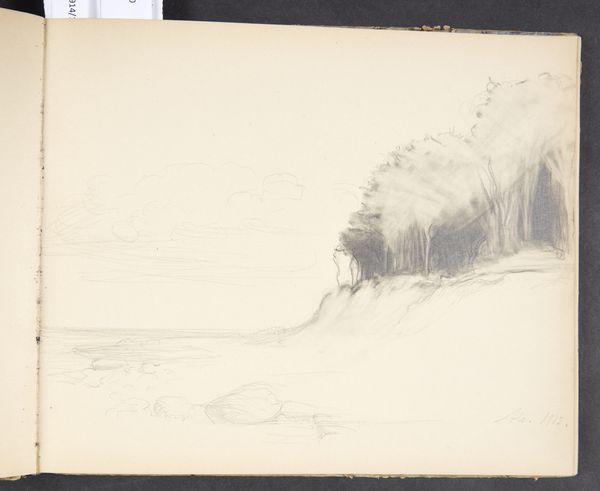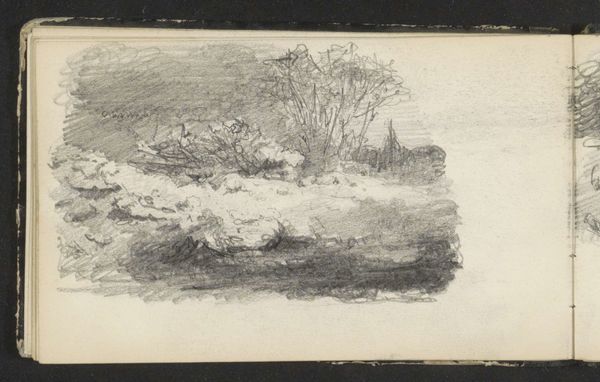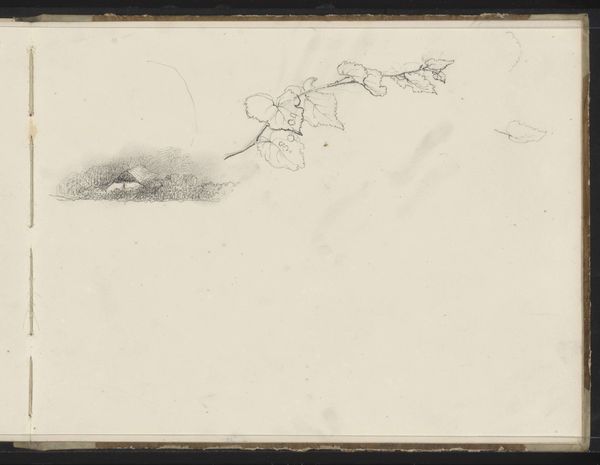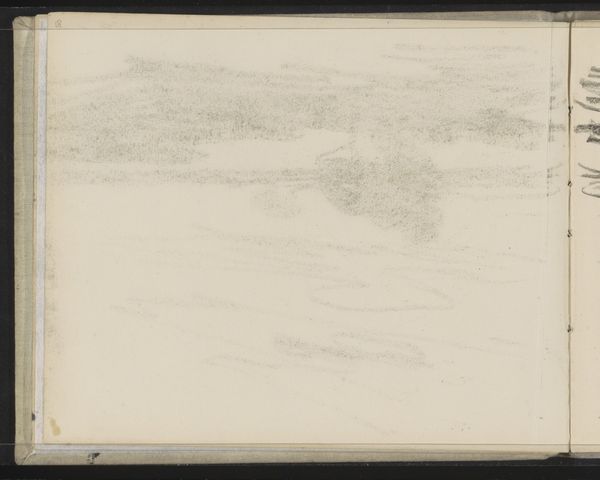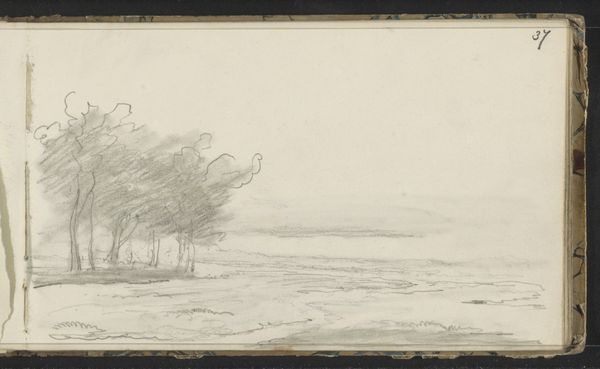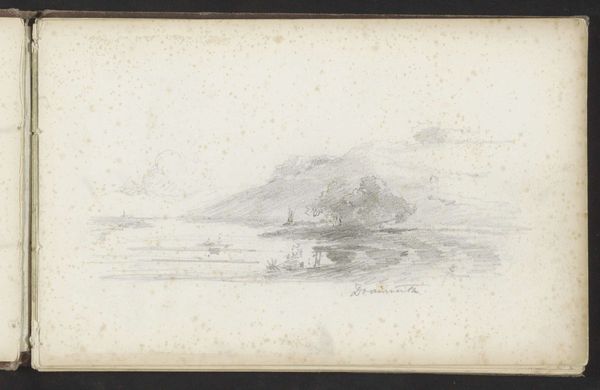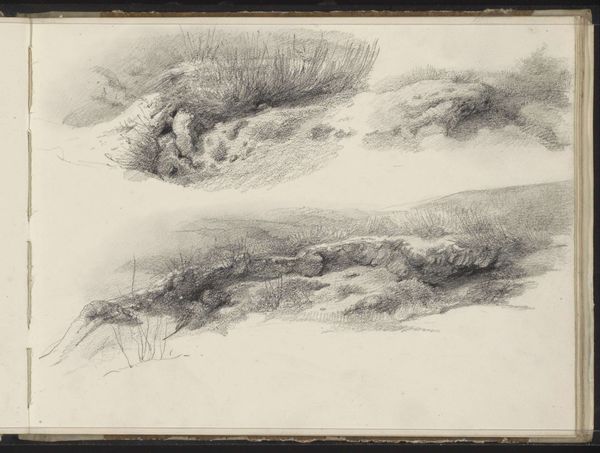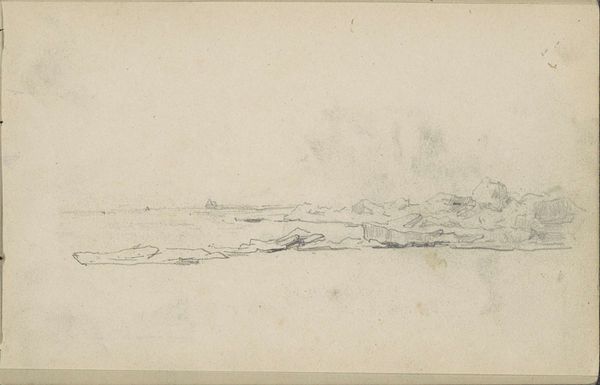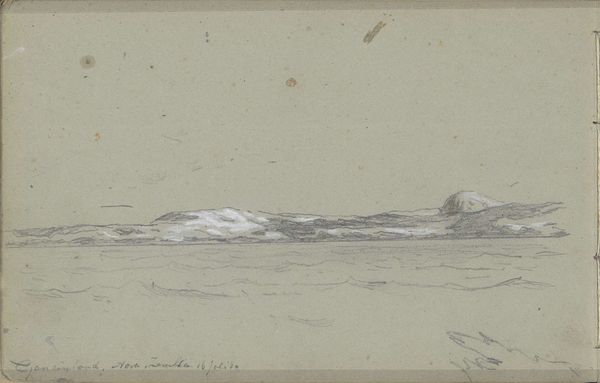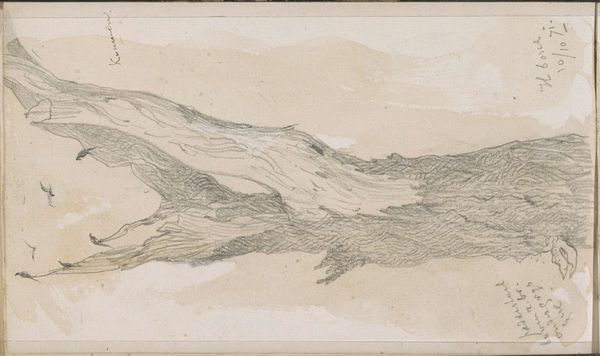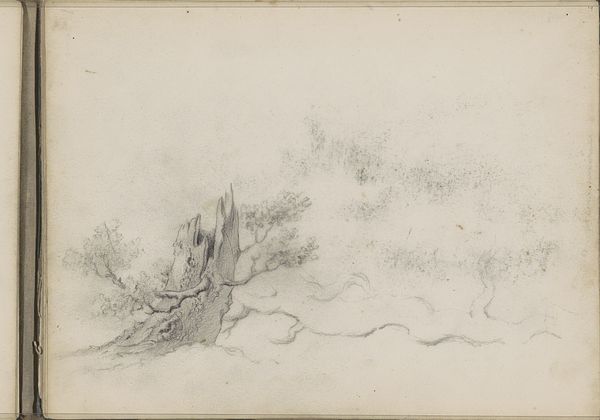
drawing, paper, pencil
#
drawing
#
pencil sketch
#
landscape
#
paper
#
sketch
#
pencil
#
realism
Copyright: Rijks Museum: Open Domain
Curator: Up next, we have "Landschap met struiken," or "Landscape with Bushes," a pencil drawing on paper, believed to be created by Maria Vos sometime between 1834 and 1906. It resides here at the Rijksmuseum. Editor: The scene, despite being monochromatic, evokes a certain calmness, doesn’t it? A cluster of trees and foliage are meticulously captured with varying densities of pencil strokes. Curator: Vos’ choice to depict this serene corner of nature speaks volumes about the changing artistic priorities of the 19th century. The rising influence of Realism encouraged artists to find beauty in the everyday and observable world. This simple landscape becomes a study in natural forms. Editor: Precisely. Notice how she uses contrasting dark shadows and lighter areas to sculpt the mounds and shrubbery, suggesting a subtle interplay of light and shadow, the eternal struggle. Are those particular shrubs known in the region? Curator: I cannot be certain about the exact species represented, but more important to me are the symbolic associations it might have, with roots reaching deep, providing a haven for thought or perhaps illustrating resilience. Editor: True, but it's just as valid to recognize that this drawing may represent a departure from romantic ideals. The political and social upheaval in the Netherlands after the French period surely altered the function of art as a cultural signifier. It's refreshing to see what could also have been an independent-minded woman taking artistic risks in her period. Curator: Absolutely. Landscape art gained popularity due to these profound cultural shifts, functioning to bolster ideas related to nationalism and the role of nature as an arena for new philosophies and, crucially, industry. Editor: I am happy we were able to dwell a while on the work’s historical significance and not overlook her skill! It makes us rethink her time and place in Dutch art. Curator: I agree, and to appreciate how this piece operates on the threshold between meticulous observation and evocative representation reminds us how timeless even the simplest subjects may be.
Comments
No comments
Be the first to comment and join the conversation on the ultimate creative platform.
